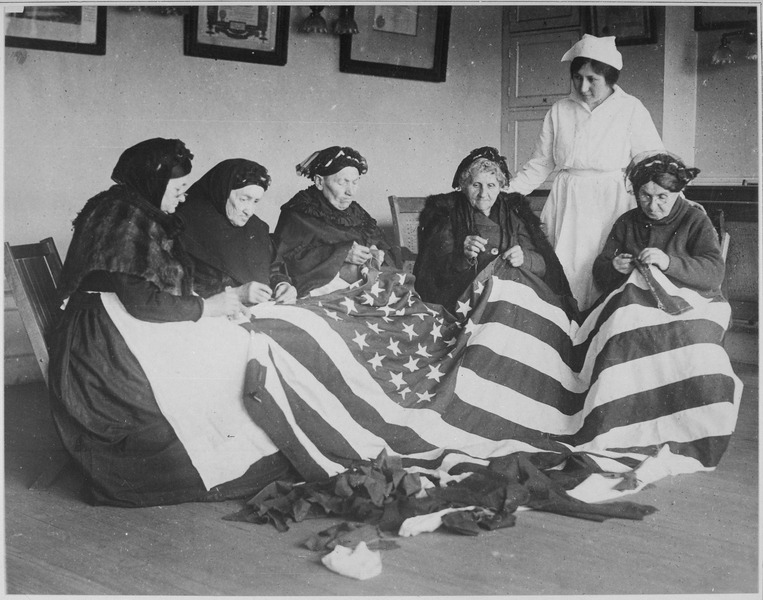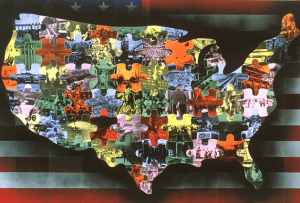 My colleagues have discussed on this blog the significance of labels many times, such as labeling something a restoration, a gang sign, and Paleo, or simply as something different. This concern for the significance of labeling, though, is not limited to the strategies of marketers and politicians or everyday observations. The selection of identifying labels often reinforces the dominant discourse, even when apparently not intended.
My colleagues have discussed on this blog the significance of labels many times, such as labeling something a restoration, a gang sign, and Paleo, or simply as something different. This concern for the significance of labeling, though, is not limited to the strategies of marketers and politicians or everyday observations. The selection of identifying labels often reinforces the dominant discourse, even when apparently not intended.
Rereading Fred Clothey’s Religion in India: A Historical Introduction (Routledge 2007) for my Survey of Asian Religions course, I noticed a significant example of the power of labels that I had missed previously. One passage in a section on Cochin Jews caught my attention this time. Continue reading “Words (and Peppers) Matter”


 My colleagues have discussed on this blog the significance of labels many times, such as labeling something
My colleagues have discussed on this blog the significance of labels many times, such as labeling something  A scholar, a comedian, and two CNN anchors. While they contrasted their assertions vehemently, were they really so different?
A scholar, a comedian, and two CNN anchors. While they contrasted their assertions vehemently, were they really so different?  Multiple cases of the shooting deaths of unarmed men (who often are African-American) in the streets of the United States at the hands of people who are supposedly working to protect others from violence (and who typically are not African-American) have generated important discussions about institutional racism, hatred, and the militarization of police. In “
Multiple cases of the shooting deaths of unarmed men (who often are African-American) in the streets of the United States at the hands of people who are supposedly working to protect others from violence (and who typically are not African-American) have generated important discussions about institutional racism, hatred, and the militarization of police. In “ Monks in Myanmar encouraging violence, while that image challenges common assumptions about those who identify as Buddhists, accounts of such events often actually reinforce those assumptions. On April 30 people identified as Buddhists burned mosques and homes of a minority group identified as Muslim, reportedly resulting in injuries and one death.
Monks in Myanmar encouraging violence, while that image challenges common assumptions about those who identify as Buddhists, accounts of such events often actually reinforce those assumptions. On April 30 people identified as Buddhists burned mosques and homes of a minority group identified as Muslim, reportedly resulting in injuries and one death. 
 During the 1800’s, British colonizers identified particular conflicts as being “religious,” a description that many now describe as part of the British strategy of Divide and Rule. Scholars have noted examples of British accounts of “religious conflict between Hindus and Muslims” whose details, as the British recorded them, actually undermined such assertions, as participants whom the records identified as Hindus and Muslims participated on both sides of specific conflicts.
During the 1800’s, British colonizers identified particular conflicts as being “religious,” a description that many now describe as part of the British strategy of Divide and Rule. Scholars have noted examples of British accounts of “religious conflict between Hindus and Muslims” whose details, as the British recorded them, actually undermined such assertions, as participants whom the records identified as Hindus and Muslims participated on both sides of specific conflicts. 
 An Idaho company has demonstrated the marketing power of a little religious studies knowledge, producing
An Idaho company has demonstrated the marketing power of a little religious studies knowledge, producing